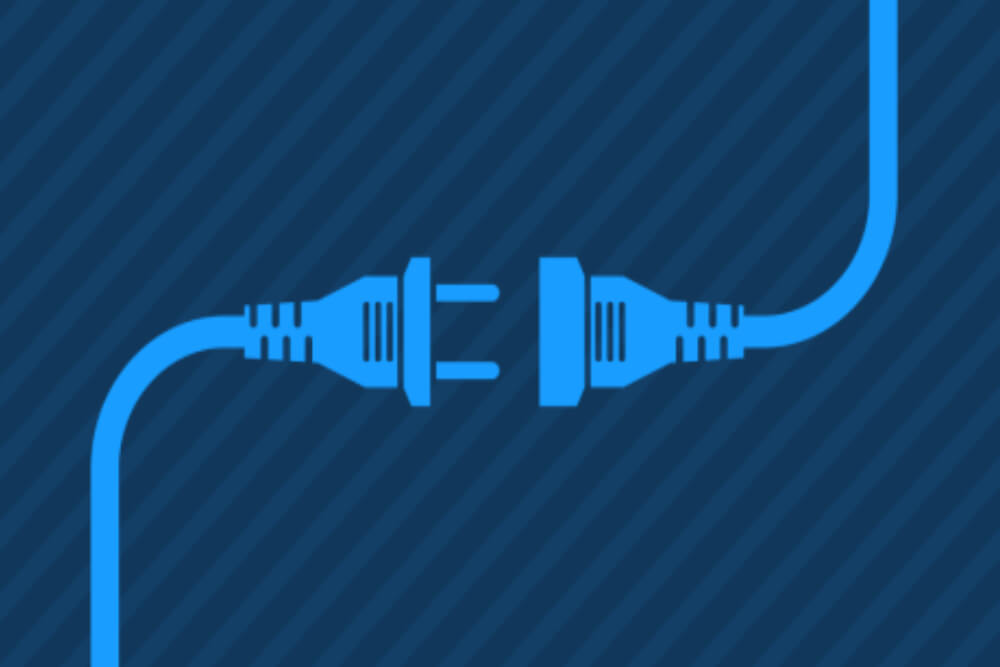Payroll and HR have never needed each other more. Employees today prioritize their financial health, and that’s rapidly changing their pay and benefits expectations. Medical, dental, and vision care options no longer add up to a full benefits package. Employees want benefits that support their financial health too, such as earned wage access (EWA), emergency savings, and automatic budgeting.
They also want greater say in how they’re paid. Market research firm Aggregate Insights (AI) recently surveyed 100 workers at companies with 25,000 or more employees. AI found only 45% of employees are happy with how they’re regularly paid. Their most desired change: more access to cash or cash-like pay alternatives.
Realities like these put payroll and HR teams in a tough spot. You need to deliver a positive employee experience through pay and financial benefits. But how do you make that happen for everyone if, say, one-third of your employees are unbanked?
Payroll teams can lead the way here by walking down the hall to collaborate with HR. This strategic partnership brings together the data you need to identify what financial benefits will have the greatest positive impact on your employees. It also shows you what roadblocks you need to remove between your payroll and HR systems, so you can move money to your employees more quickly.
Employee Feedback on Pay Experience Helps HR Offer the Right Financial Benefits
The data within payroll’s reach offers valuable insights to HR and benefits leaders. This applies as much to employees’ demographics as their opinions on how they’re paid. Some of this data already exists in your HR and payroll systems, and more is obtainable through employee surveys.
For instance, AI’s survey of 100 employees hit a split of 48 salaried and 52 hourly employees. AI found 66% have access to a bank account, and the remaining 34% were unbanked. Among those unbanked employees, only one-third were happy with how they’re paid.
What does that mean for you?It means if you have 10,000 employees, more than 2,000 of them are turnover risks simply because of their pay experience. But it’s a retention opportunity, too. You have the chance to offer unbanked employees pay options that other employers don’t.
Payroll data like this empowers HR teams to choose benefits aligned with employees’ financial realities. Imagine HR wants to launch earned wage access (EWA) so employees can access some of their paycheck ahead of payday. HR will know to target EWA providers who can deliver a consistent, positive pay experience across all employees’ financial situations:
- Direct deposit to employees’ account or card for banked employees
- Cash pick-up option for unbanked employees
- Employer-sponsored pricing so employees don’t pay fees
Data like this also helps HR find connections with other top-line business goals. In this case, offering financial benefits that help unbanked employees would also help diversity, equity, and inclusion (DEI). Boston Communications Group points out how black and Latinx communities represent the majority (67%) of unbanked Americans.
Personalized Financial Benefits Create Stronger Employee Engagement
Pay is your most predictable point of engagement with employees. They may not read the posters in the break room, but they will make sure to pick up their check or confirm their direct deposit. That’s an opportunity for payroll and HR to turn pay into an engagement channel. The more data payroll supplies to HR, the better HR can identify and implement the financial benefits employees actually need and will use.
With the help of HR, survey employees to find what benefits would create a win-win for you and them. Maybe you need help covering shifts while you ramp up recruiting. AI’s survey found that 88% of employees would cover a shift if offered a spot bonus to do so. You may discover other motivators you can tie to benefits and pay, too. Cash payment options for instance, or a stipend for child care might make employees more flexible with their hours.
Likewise, your financial benefits will feel more personalized when they engage your employees like consumers. An earned wage access app that also pulls your employees’ worked and scheduled hours motivates them by tracking take-home pay in near real time. Since the app is on employees’ smartphones, they have access to their wages and hours as readily as their social media and email.
“If it’s needing a little motivation to go into work or an early payday, I love this app! Reviewing what I made the day before makes it easier going in on those days that need a little more motivation,” said an Even member.
When Payroll and HR Choose Financial Benefits Together, Money Moves Faster
When payroll and HR collaborate to improve pay experience, they make each other’s lives easier. Synergies surface that reduce the roadblocks to moving money, saving time and labor for both teams. All the while, they put financial benefits in place that improve recruiting, retention, and engagement.
Earned wage access (EWA) again offers an example. In EWA, HR improves recruiting and retention by delivering a benefit 73% of hourly workers want. Payroll teams, naturally, would wonder how EWA would impact them. EWA takes some pressure off of payroll teams by reducing employees’ need for payroll advances (and the off-cycle payments associated with them). It’s also helped companies like PayPal pay employees faster without taking on the costs of running weekly payroll.
To get more data on how employees feel about their pay and benefits experience, download “The State of Employee Financial Health Benefits,” a survey of 1,000 hourly workers at large U.S. companies conducted by Wakefield Research. You’ll learn what financial benefits have the most impact on your employees today, and which ones workers prioritize when looking for a job.

